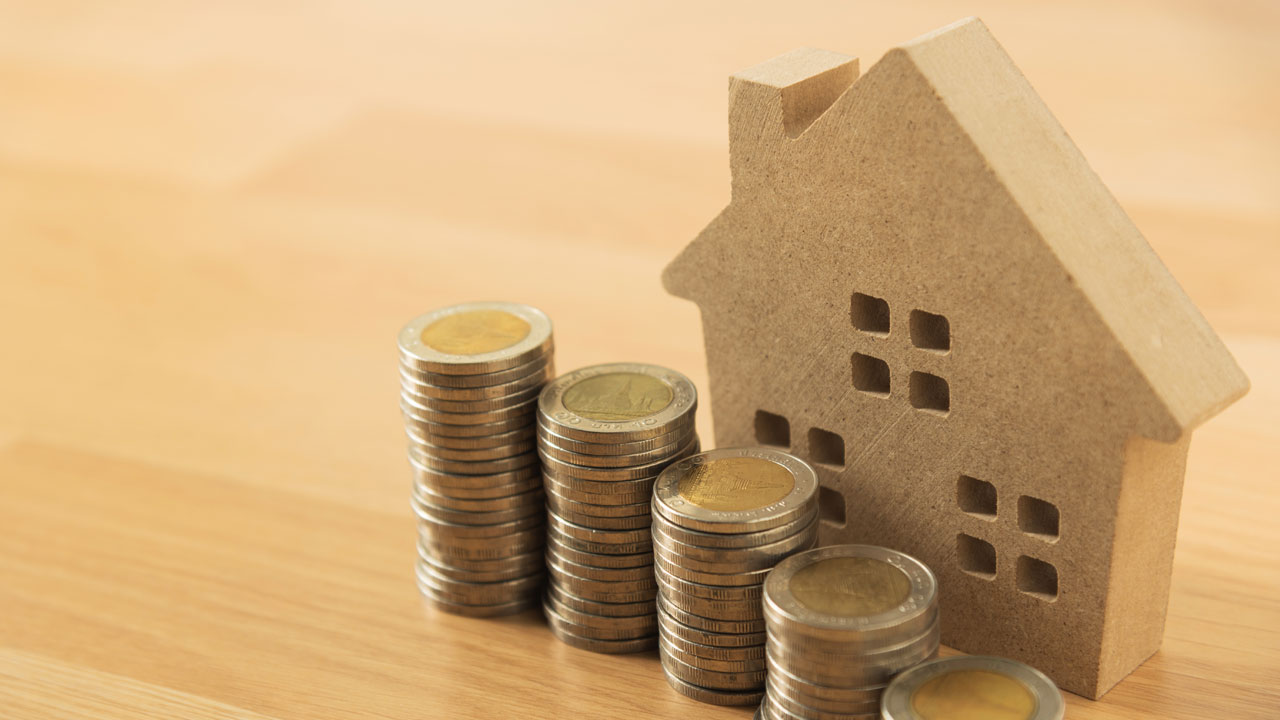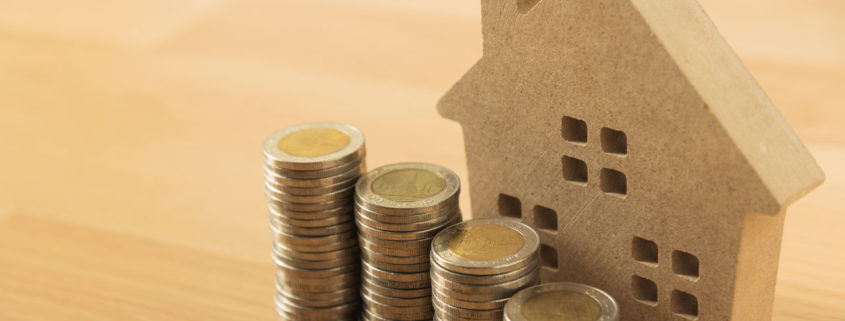5 Things to Do Right Now to Get Ready to Buy in 2017

5 Things to Do Right Now to Get Ready to Buy in 2017
Thinking about buying a home in the new year? It’s never too early to start preparing for the big purchase to ensure you’re on solid ground. While finding yourself a seasoned and trustworthy real estate agent is a critical step in the game, there are a number of things you should be doing even before that to make sure you’re adequately prepared to buy.
If you plan on purchasing a home in 2017, here are a few steps you need to take to make the journey to homeownership a financially sound one.
1. Check Your Credit Score
Unless you’re blessed to be able to pay all-cash for your home purchase, you will have to finance it with the help of a mortgage. But before your lender extends a home loan, your credit score will be looked at first. This little number plays a big role in determining whether or not you’re able to qualify for a mortgage. If it’s too low, you stand a good chance of being denied.
Generally speaking, a credit score of 680 and over increases your chances of getting approved, and anything over 740 will ensure a lower interest rate. After pulling our credit report, have a look at what your score is. Look for any errors on the report that are pulling your score down, and if you notice any discrepancies, have the agency investigate the issue. Rectifying any errors can add some much-needed points to your overall score.
If your score is less-than-perfect, take steps to improve it. Start paying all of your bills on time and in full, make changes to any bad spending habits, and get your credit limit raised. Small steps like these that are done well in advance of applying for a mortgage can help you increase the odds of getting approved, and can help you secure a lower interest rate that can save you thousands of dollars at the end of the mortgage term.
2. Don’t Take Out Additional Loans or Credit
Once you take out additional credit cards or loans, your credit score will be affected. By opening another credit card account or taking out a loan (such as a car loan), you’ve created another line of credit and added to your debt. This can alter the application numbers and put your application in peril. Don’t make it more difficult for you to get approved for a mortgage with an attractive interest rate and favorable terms and conditions by adding more debt to the books.
3. Start Saving Up For a Down Payment
Not only will your credit score be heavily weighed upon when determining whether or not you are eligible for a mortgage, the amount of liquid cash you have to put towards a down payment is also critical. Having at least a 20% down payment is ideal as it will help you avoid the added cost of Private Mortgage Insurance (PMI). However, coming up with that large of a lump sum is challenging for many homebuyers, especially considering the high cost of housing in many parts of California.
Nevertheless, at least 5% should be saved up to be put towards a down payment. Not only is this a requirement for conventional mortgage approval, more money put towards a down payment will reduce the mortgage amount and thereby lower your monthly payments. Of course, there are government-backed programs aside from conventional mortgages that allow you to put less than 5% down, but obviously the more you can put towards the overall mortgage, the better. The sooner you start saving for this expense, the more time you’ll have to build the pot.
4. Get Pre-Approved For a Mortgage
How will you know how much you can afford when it comes time to buy? How will you even know how much of a mortgage you will be able to get approved for? The only way to know the answer to these two questions is to approach a lender and get pre-approved for a mortgage. Your lender will ask you to submit a few documents that will be looked over to determine whether or not you can get approved for a mortgage, and if so, for how much. Typical pieces of information that your lender will ask for include your tax return, paycheque stubs, letter of employment, W-2 forms, and a list of your debts and assets.
5. Start Browsing
You already know roughly how much you can afford thanks to your mortgage pre-approval, so now you can start focusing on the neighborhoods where the homes for sale match your budget. Having that dollar figure in mind will help you eliminate the areas that are out of your range and help you narrow down the communities that your finances can comfortably cover.
Not only should the neighborhood be within your financial comfort zone, it should also be a place that you can see yourself living in over the long haul. Ideally, you should plan on sticking around for at least five years. Selling too soon after buying is a really expensive endeavor, so you’ll want to make sure the area you’re considering is a place you can see yourself living in for a while. Consider the cost of living, proximity to work, school district, amenities, and social setting before you settle on a particular neighborhood.
The Bottom Line
The quest for a home purchase starts long before you even start looking at listings and visiting open houses. Before you begin the process, it’s critical for you to get your finances in order and prepare yourself financially for such an investment. Take the above steps to help ensure that you don’t encounter any unpleasant surprises along the way and that the home buying process is a streamlined one.



